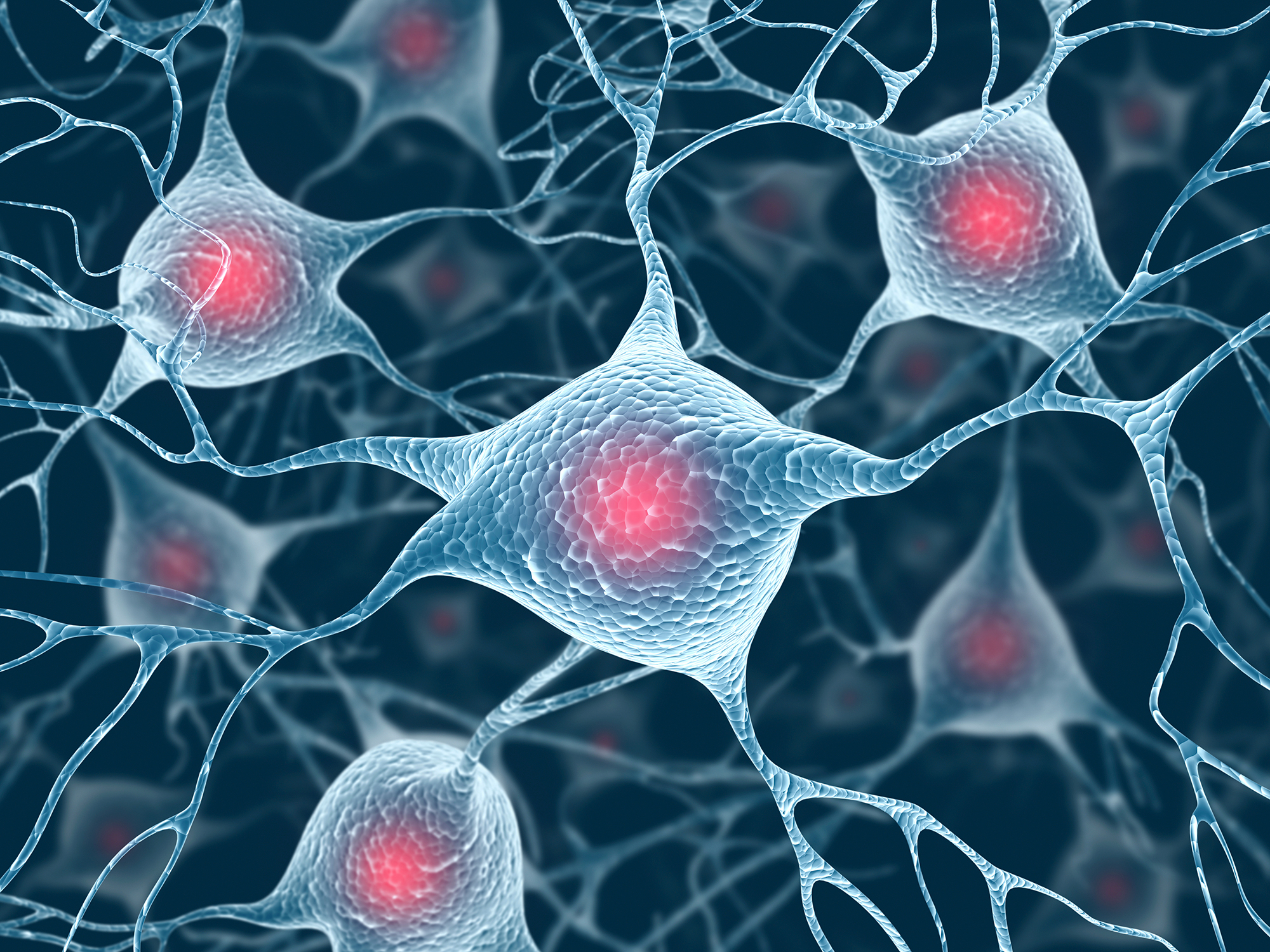Dance of neurons: How brain cell vibrations could help treat diseases like Alzheimer's
New research suggests neuron movement is more important than we realized


Think of a squid's jet of water and ink. The nerve that powers this reflex is so huge that it looks like a blood vessel. When a British zoologist began experimenting with it in the 1930s, the squid neuron transformed what we knew about the brain. The nerve, thick enough to clamp and to record electrical changes across its membrane, shed light on the wet circuits in our skulls.

The squid's big brain cell started a revolution in neuroscience, ultimately yielding five Nobel Prizes to 13 scientists over 50 years. The model it led to inspired drugs like Prozac and Xanax. But the picture of neural signaling that emerged is more about chemistry and electricity than mechanics. Until recently, few scientists paid attention to how neurons move.
"Think of the heart," says William Tyler, a professor at Arizona State University who studies ultrasonic modulation of neurons. "Everyone knows the heartbeat has a mechanical component. But we forget that neurons are mechanical objects, too. What happens when protein plaques build up in the brain, like in Alzheimer's? You change the stiffness of the neuron, just as you might clog your arteries by eating fatty food."
The Week
Escape your echo chamber. Get the facts behind the news, plus analysis from multiple perspectives.

Sign up for The Week's Free Newsletters
From our morning news briefing to a weekly Good News Newsletter, get the best of The Week delivered directly to your inbox.
From our morning news briefing to a weekly Good News Newsletter, get the best of The Week delivered directly to your inbox.
A new paper by two young scientists, published in the journal Nature Communications, shows how neurons vibrate in tune with their firing. It suggests that brain illnesses may be influenced not just by chemical imbalances — the "soup" long hypothesized to cause mood disorders — but also by nerve motion.
As Isaac Newton famously said, scientific progress is built on the shoulders of giants. This is certainly true of Ahmed El Hady, a neuroscientist, and Ben Machta, a physicist, both at Princeton. Their research builds on a story that began in World War II, featuring scientists from opposing camps. Two Brits at Cambridge led the pack with studies of the squid neuron: Alan Hodgkin and Andrew Huxley (half-brother of Aldous, author of Brave New World). In their now famous 1952 paper, which is still required reading for college neuroscience students, they described what amounts to the brain's Morse code: the spike in voltage propagating down a nerve in response to charged ions crossing its membrane.
In Japan, meanwhile, a biochemist was studying the white covering around gray nerve fibers. This fatty "white matter" is distinctive, and Ichiji Tasaki wondered what it was for. He found that this sheath, called myelin, acts as insulation for a neuron's outgoing cable, speeding brain signals. So from the start of his career, Tasaki was focused on describing neurons as objects, like wires wrapped with insulating tape.
After the Axis defeat, Tasaki moved to the U.S., where he did research focused on hearing: how sounds become electricity in the ear. When sound waves enter your ear through the air, they create liquid waves in the cochlea of the inner ear, which bend tiny cells shaped like hairs. As the hair cells bend, they open ion channels in nerve membranes, converting this physical wave into an electrical signal. Tasaki speculated that the brain might amplify signals the same way, by moving neurons.
A free daily email with the biggest news stories of the day – and the best features from TheWeek.com
Cue to today: New high-resolution images show brain cell structure at a level never seen before. In a paper published by Harvard scientists in Science in 2013, the red and green images are beautiful and intricate: neurons striped evenly in rings of actin, the protein that props up a cell's skeleton. Clustered around each stripe, the authors reported, are the sodium channels that neurons need to fire.
El Hady and Machta wondered: Why would evolution design such a structure? The rings, spaced periodically, made them think a physical wave might be involved. If the neuron wiggles whenever it sends a signal, maybe the opening and closing of sodium channels are precisely orchestrated by the spacing of these stripes.
The two applied new math to 70 years of studies on squid, garfish, and other animals with big neurons. Their research was also powered by new technology: a microscopy method that won three chemists a Nobel Prize last year. This super-resolution technique, called STED, helped them piece together a story of how nerves move when they talk.
El Hady and Machta detail how the electrical wave coming down the axon, the nerve's outgoing cable, might cause the axon to systematically move. If this dance of brain cells is disrupted by an overly brittle, elastic, or disordered cell structure, the result might be disruptions in mood or the speed and quality of thought.
Thync Inc., a company co-founded by Jamie Tyler, is working to develop tools for moving brain cells with ultrasound. This physical change to neurons, Tyler believes, may soon be applied to treat the effects of blunt blows to the brain, like concussions and whiplash, but also diseases like Alzheimer's and Parkinson's, both of which change the elasticity of brain cells.
A new technology called magnetic resonance elastography, meanwhile, allows scientists to visualize the brittleness of nerves. This tool may one day be used in diagnostics, to spot stiffening brain cells before a patient shows the symptoms of a disease like Alzheimer's.
Ichiji Tasaki died six years ago, at the age of 99. So he never saw the rise in interest in how nerves move. But the cellular dance he quietly explored in his laboratory for over 70 years may matter more than he ever knew.
Luckily for Tasaki and the squid, science takes a long view of success.
Taylor Beck is a writer based in New York. Come talk to him on Twitter.


